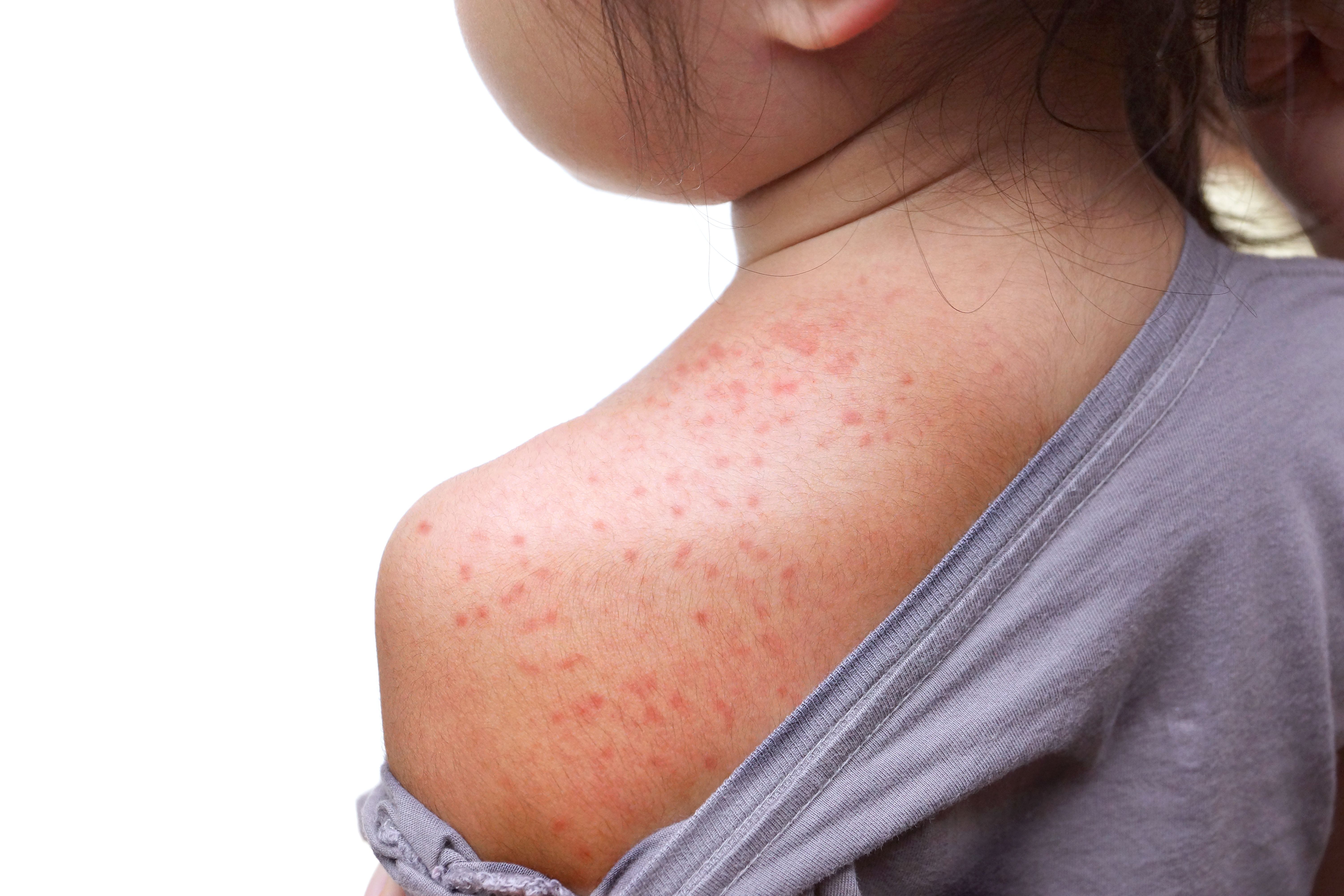Article
Pharmacologic Modeling Has Potential to Calculate Safe, Efficient Chemo Dosing
Author(s):
Data from preclinical trials has been used to calculate safe dosing for a phase 1 trial.
Researchers in a recent study used pharmacologic modeling and simulation in order to create a phase 1 clinical trial for a chemotherapy treatment with ependymoma.
According to the study published in CPT: Pharmacometrics and Systems Pharmacology, this is the first time an approach like this has been used to create drug doses for a clinical trial in pediatric patients with brain tumors.
"The approach used in this study should serve as a template for drug development, especially for rare diseases like ependymoma where the need for promising therapies is high but few patients are available for clinical trials," said corresponding author Clinton Stewart, PharmD.
Researchers wrote that successful chemotherapy for ependymoma is currently lacking. Surgery and radiation therapy are essential to treatment.
A previous study indicated that high-dose chemotherapy and 5-fluorouracil, administered through intravenous bolus, reduced ependymoma tumors with mice models living longer than when treatment was infused gradually.
In the current study, researchers faced a challenge of how to use data from adults and mice to calculate the pediatric dose and then design the phase 1 clinical trial of bolus-administered 5-fluorouracil.
Included in the study were 26 patients aged 22 years and younger with ependymoma that recurred after treatment.
Researchers used applied mathematics, supercomputers, and other similar tools to simulate the optimal dose for pediatric patients.
Pharmacokinetic data analyzed were blood and brain levels of 5-fluorouracil collected at various times and various doses, along with pharmacodynamics data on how the drug affected tumor growth and survival, according to the study.
The researchers recommend that a patients start 5-fluorouracil at a dose of 500 milligrams per meter2 body surface area given as a weekly bolus for up to 16 treatment cycles.
"The results gave us greater confidence going into the phase I study that the recommended dose would be sufficient for anti-tumor activity," concluded co-first author Yogesh Patel, PhD.





